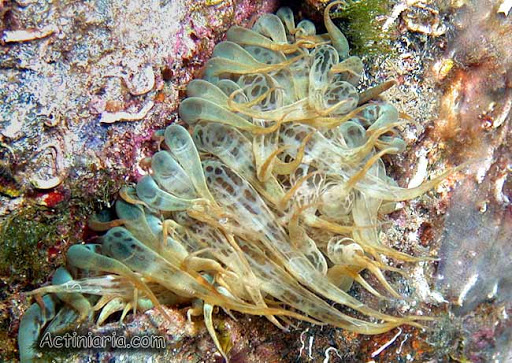


^ a b c " Anemonoides nemorosa (L.) Holub".Wood sorrel Oxalis acetosella, which grows in similar shaded places, can be readily distinguished by its ternate and clover-like leaves and smaller flowers with 5 white petals and 5 sepals.

The yellow wood anemone ( Anemonoides ranunculoides) is slightly smaller, with yellow flowers and usually without basal leaves. In the wild the flowers are usually white but may be pinkish, lilac or blue, and often have a darker tint on the backs of the tepals. Due to COVID-19 and government guidelines we ask that new customers and members pre-book your tickets. Anemona ist extrem schnellwüchsig und begeistert durch ihre im Sommer so zahlreich gebildeten, nach flieder duftenden Blüten. The flowers are 2 centimetres (0.8 in) diameter, with six or seven (and on rare occasions eight to ten) tepals (petal-like segments) with many stamens. Ponderosa Zoo is open daily from 10am to 4pm, last entry at 3pm. Ghost Town Famagusta ist innerhalb von 10 Minuten mit dem Auto erreichbar. Die Unterkunft besteht aus 3 Schlafzimmern und 2 Badezimmern. The flowers are solitary, held above the foliage on short stems, with a whorl of three palmate or palmately-lobed leaflike bracts beneath. 9.8 /10 Villa Anemona Protaras Mit einem Swimmingpool vor Ort ist die Villa Anemona nur 700 Meter von einem öffentlichen Strand entfernt. The plants start blooming in spring, March to May in the British Isles : 28 soon after the foliage emerges from the ground. : 106 They grow from underground root-like stems called rhizomes and die back down by mid summer (summer dormant). The compound basal leaves are palmate or ternate (divided into three lobes). Look to our Succulent Cuttings Guide for more information.Anemonoides nemorosa is a rhizomatous herbaceous perennial plant less than 30 centimetres (12 in) in height. Additionally, Echeveria can be propagated from stem cuttings or mature leaves. These chicks can be left to form a tidy cluster or removed and transplanted. Water deeply enough for water to run out the drainage hole, then wait for the soil to fully dry before watering again.Īlso known as "Mexican Hens & Chicks", Echeveria can produce new offsets or "chicks" around the base of the mother plant. Pick containers with drainage holes and use well-draining cactus and succulent soil with 50% to 70% mineral grit such as coarse sand, pumice, or perlite. Like most succulents, they need great drainage and infrequent water to prevent rot. They will not survive a hard frost, but if there is a risk of freezing temperatures they can be brought indoors to grow on a sunny window sill or under a grow light. It has cupped leaves with acute margins and produces a tall bloom stalk with pink and yellow flowers.Įcheveria need bright sunlight to maintain their colors and compact rosette form. The pastel, matte finish comes from a thick layer of powdery farina coating the plant. This cultivar tends to have a blue-green base color but takes on a rosy pink blush when grown in bright sun. Echeveria 'Ponto Rosa': A charming rosette of thick, pastel foliage.


 0 kommentar(er)
0 kommentar(er)
